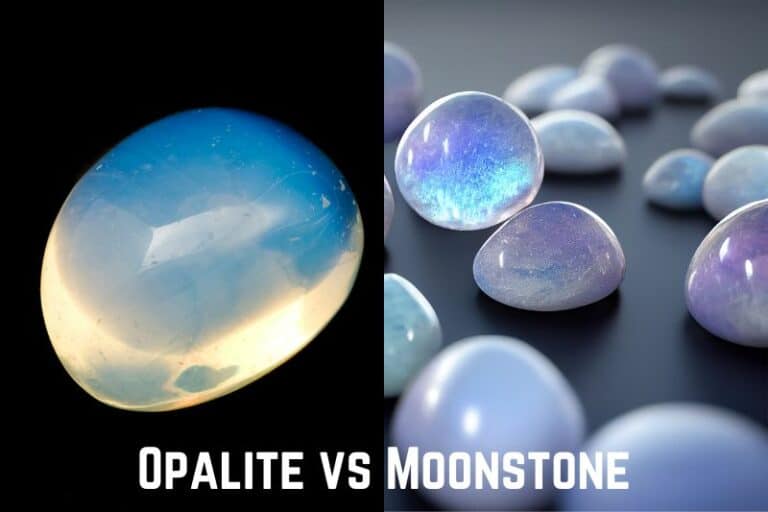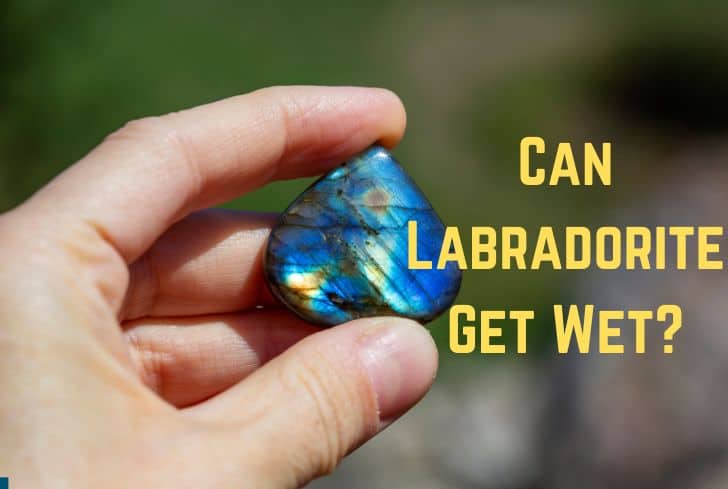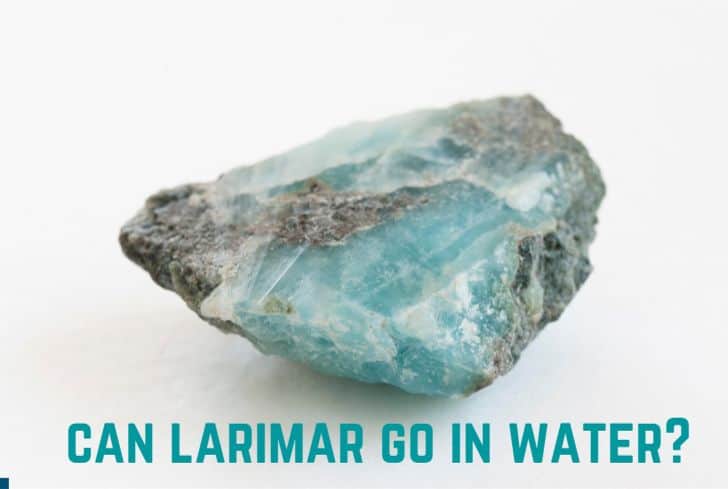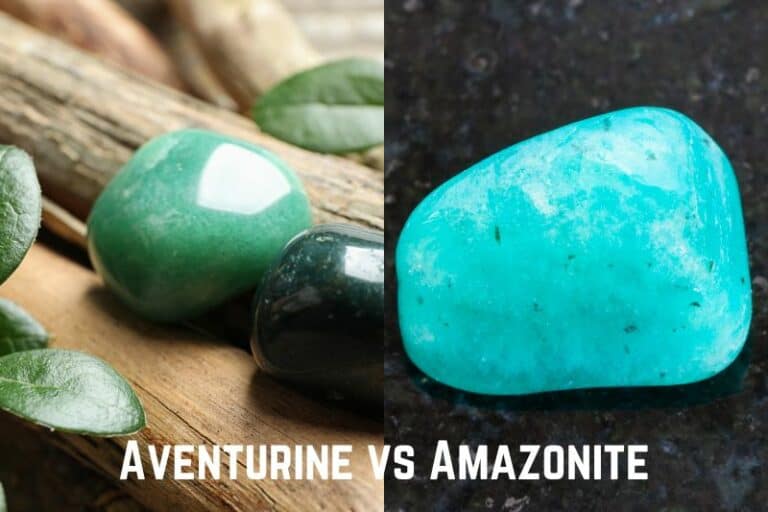Is Palladium Magnetic? (Answered)

Palladium is a lustrous silvery metal that has the atomic number 46 and is represented by the symbol Pd. It is a rare chemical element, which was discovered in 1803 by the English chemist W.H. Wollaston. Wollaston named the element after the asteroid Pallas.
Have you ever wondered if palladium is magnetic? In this article, we are going to discuss just that. We will begin by talking about the magnetism of palladium. Then we will discuss how to verify its authenticity. Lastly, we will also look at the properties and uses of palladium.
Read: Is Rust Magnetic? (Answered)
Is Palladium a Magnetic Material?
No, Palladium is generally not magnetic. At room temperature, it will not be attracted to a magnet. However, in certain conditions (such as low temperatures), it can show some magnetism.
Let us first understand what magnetism is. Magnetism is a force caused by the motion of electric charges. Every substance is made up of atoms. These atoms have electrons (particles that carry an electric charge) that circle the atom’s center, called the nucleus.
In some substances like iron, the electrons spin in the same direction. This allows their magnetic fields to combine, and it produces a magnetic field extending beyond the atoms. These objects are strongly attracted to magnets and are called ferromagnetic.
However, in most substances, equal numbers of electrons spin in opposite directions. This cancels out their magnetism, and they are not attracted to a magnetic field. These include things like cloth, wood, paper, etc., and are called diamagnetic.
The atomic number of palladium is 46 and its electronic configuration is [Kr] 4d10. Palladium belongs to Group 10 of the periodic table, but the electronic configuration in its outermost shell is influenced by Hund’s rule.
So, electrons that would be expected to occupy 5s instead fill the 4d orbitals. This is because it is more energetically favorable to have a completely filled 4d10 shell instead of a 5s2 4d8 configuration.
Palladium does not have any unpaired electrons in its outermost shell. Therefore it is not magnetic. Moreover, palladium has a low magnetic susceptibility (the degree of magnetization in response to an applied magnetic field). So it does not respond readily to magnetic fields.
However, it is important to note that there can be some exceptions to this general rule. For example, in very low temperatures or the presence of extremely strong magnetic fields, palladium can also exhibit some slight magnetic behavior.
J. Walter and his fellow scientists discovered that palladium can display magnetism. In their paper, they argue that, although bulk palladium is paramagnetic, it can be turned into a magnetic state if some conditions regarding its particle shape and size were fulfilled.
How Can You Tell if Palladium is Real?
Palladium is one of the rarest metals and is used in various applications, including jewelry. Given its immense popularity, it has now become susceptible to forgeries. So, to protect yourself, follow these steps to identify if your metal is indeed real palladium:
- Markings: The easiest and most obvious way to check the authenticity of any metal is to check its markings. Most jewelry today is marked by jewelers to denote its material, such as “999” for 24-karat gold. Use a magnifying glass or a jeweler’s loupe to look for markings on your piece. If you find “PD950” written on it, then it’s most likely real palladium. Otherwise, you need to do other tests.
- Magnet Test: As discussed above, palladium is generally a non-magnetic material that will not be attracted to metals. This property can be used to check its authenticity. Bring a magnet to your piece, and if it’s attracted to the magnet, then it may not be real. There may be iron mixed with it, which is an inexpensive metal that can be easily molded.
However, just because your piece is not attracted to a magnet doesn’t mean it’s genuine.
- Acid Test: Palladium looks similar to silver, which has been exploited by some manufacturers. They thinly plate a copper piece with silver and try to pass it off as palladium. This can be checked by a nitric acid test. When silver reacts with nitric acid, it oxidizes and turns into a light brown color. Palladium, on the other hand, does not react at all. Make sure you use protective eyewear and gloves while performing this acid test.
Is Palladium Hydride Magnetic?
Yes, palladium hydride can be magnetic, depending on its composition. While palladium itself is non-magnetic, its interaction with hydrogen atoms leads to unpaired electrons, which give rise to magnetic behavior.
Palladium combines with hydrogen to form a solid solution, where hydrogen atoms occupy interstitial sites within the palladium lattice. This creates palladium hydride, which can be represented as PdHx; here, “x” refers to the hydrogen-to-palladium ratio.
Depending on the amount of hydrogen present, palladium hydride may or may not be magnetic. When hydrogen concentration is low, the compound will be diamagnetic; it will not be attracted to magnets.
However, at higher levels of hydrogen concentration, palladium hydride will become paramagnetic. This means that will be weakly attracted to magnets. The partial occupation of hydrogen-derived electronic states leads to unpaired electrons, which causes magnetism.
Besides the concentration of hydrogen, the temperature also affects the magnetism of palladium hydride. In summary, while palladium itself is non-magnetic, the introduction of hydrogen can cause the compound to exhibit magnetism.
Is Palladium Toxic?
No, palladium has very low levels of toxicity and is not known to cause any adverse health effects. This is why it is widely used in various applications, from jewelry to industries. However, some compounds of palladium can be toxic.
By conventional measures (such as LD50), palladium is considered a low-toxicity metal. However, some palladium compounds can be toxic. For example, palladium chloride or palladium oxide can be harmful when ingested, inhaled, or when they come in contact with skin or eyes.
For people working in industries where there are high levels of palladium dust, there can be a greater risk. Recent research by Hosseini has shown that palladium can be toxic when measured over a longer timeframe.
Is Palladium Reactive?
Under normal conditions, palladium is considered a relatively unreactive metal. Being a part of the platinum group metals (PGMs), it is resistant to oxidation and corrosion. However, it can still react with chemicals under some conditions.
The platinum group metals are resistant to oxidation and corrosion because of their chemical composition. Palladium, being one among them, is also resistant to corrosion as it does not react with oxygen or moisture.
This resistance allows it to be used in a wide variety of applications, such as electronics, jewelry, catalysis, etc. However, palladium can still react with some chemicals. For example, it can react with strong oxidizing agents like aqua regia.
Palladium also undergoes reactions in various catalytic processes, such as hydrogenation, pollutant removal, etc.
Properties of Palladium
These are the properties of palladium:
- Appearance & Physical Properties: Palladium is a lustrous silvery-white metal, and its beautiful appearance makes it ideal for jewelry. Among the platinum group metals, palladium has the lowest melting point (1,554°C/2,829°F) and is also the least dense (12 Mg/m3) of them all. It is soft and ductile when annealed but it greatly increases in strength when cold-worked.
- Chemical Properties: Palladium is highly stable in most environments because it is resistant to corrosion and oxidation. It does not react with common atmospheric gases like oxygen. However, it dissolves slowly in hot sulfuric acid and hydrochloric acid. It also dissolves readily in aqua regia.
- Electrical and Thermal: Palladium is a great conductor of both electricity and heat. The former makes it suitable for electrical contacts and connectors.
Read: Is Hematite Magnetic?
Uses of Palladium
Thanks to its beautiful appearance and corrosion resistance, palladium is widely used in jewelry. Besides that, it also has the following uses:
- Catalytic Converters: More than half of the palladium produced is used in catalytic converters. These convert over 90% of the harmful gases coming out of automobile exhaust (hydrocarbons, carbon monoxide, etc.) into nontoxic substances (nitrogen, water vapor, etc.). Given the growing environmental concerns and stricter emission regulations, the demand for palladium has increased greatly in the automotive industry.
- Electronics: Palladium is employed in various electrical and technological applications, thanks to its excellent conductivity. It is the primary component of multilayer ceramic capacitors (MLCCs), which require high electrical conductivity. It is also used for plating electrical connectors since it is also corrosion-resistance. Heat sinks and other heat management applications also use palladium due to its thermal conductivity.
- Other uses: Palladium is a key component of fuel cells, which combine hydrogen and oxygen to produce electricity, heat, and water. It has medical applications in dentistry, cancer treatment, etc. Hydrogen purification, groundwater treatment, and chemical applications also used palladium.
Conclusion
In this article, we have talked about the magnetism of palladium. Palladium is generally non-magnetic as it does not have any unpaired electrons. However, in certain conditions (such as when combined with hydrogen or at low temperatures), palladium can exhibit magnetism. We learned how to identify real palladium. Finally, we also looked at its properties and uses.






